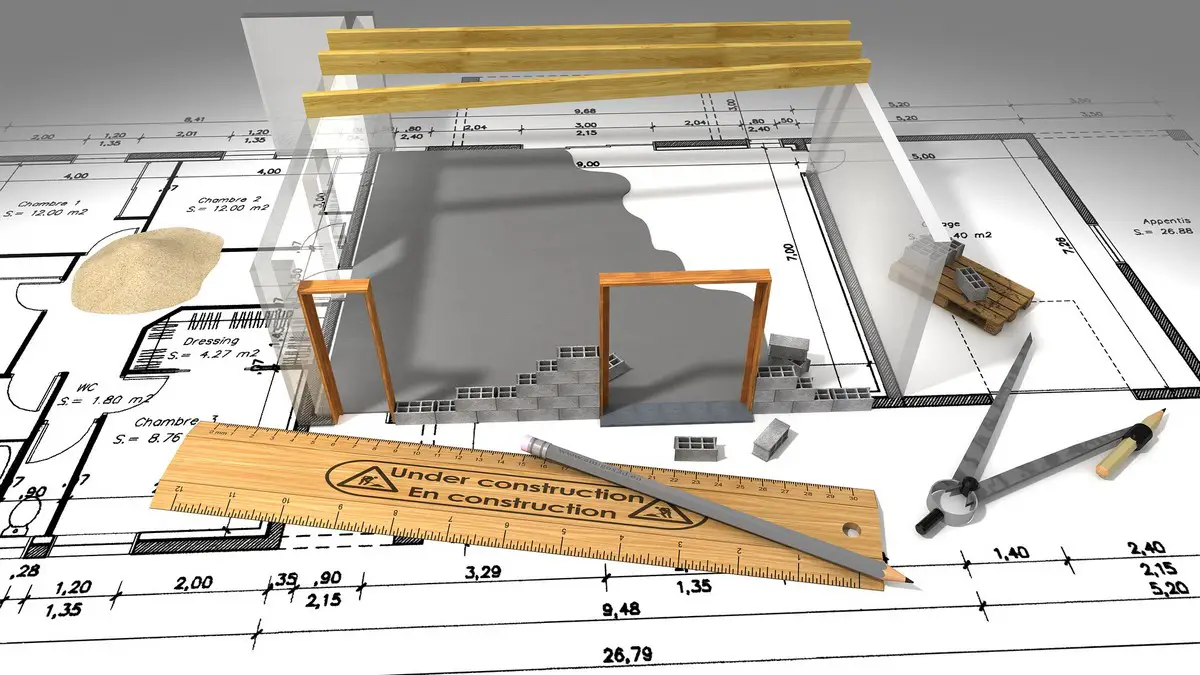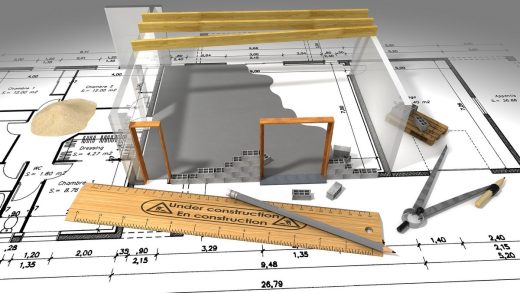How architects need to incorporate home chargers guide, Electric cars MOT test online advice
How architects will need to incorporate home chargers
22 April 2023
In most industries the aim is to go green to protect our planets, and in the UK that focus has been put onto the home building industry. Whilst this is undoubtedly a step into the future, many changes need to be put into place to facilitate this such as home chargers for electric vehicles.
Building regulation Part S and when it applies
From 15th June 2022 new building regulations came into effect which mean new buildings and homes must be built with a charging point for electric vehicles already installed. There is a grace period into 2023 for any new build that has already been granted planning permission before this date but has not yet reached completion. This is a measure to futureproof any new builds as electric vehicles will become more popular as the production of new petrol cars is being banned from 2030.
Building Regulation Part S applies to all new residential and non-residential homes, buildings that are changing use such as a barn-to-home conversion, any buildings that are being renovated to create ten or more dwellings and any mixed-use buildings that are new or being renovated.
The benefits for homeowners and future tenants
Being able to charge an electric vehicle at home will make owning such a car a lot easier and help tackle climate change.
Owning an electric vehicle is becoming more popular as car owners are recognising the benefits of having one. The impact on the environment is a huge draw. Purely electric vehicles do not have exhaust pipes, therefore they do not produce carbon dioxide emissions. Even after taking into account the emissions used to make and charge the car electric vehicles are still the greener option.
If you live near a city that has a Clean Air Zone, you will find that your electric car is exempt from these charges. Another way to save some money is when you park. More and more places are starting to install free parking spaces for cars that need a charge.
Electric vehicles are a lot cheaper to run. Electricity is cheaper than fuel currently and the maintenance is a lot less intensive than a regular car. Electric cars contain fewer components than petrol or diesel cars, so there are fewer parts that may need replacing or repairing.
Although electric cars are cheaper to run and maintain, they do still need to be roadworthy. Remember to keep your tax up to date and book your MOT test online to make sure it does not lapse.
Will this make a difference to architects and builders?
As an architect or a builder, you will have to account for some changes when you are designing and building a dwelling.
The new regulations stipulate that all new electric vehicle charging points must have a minimum power supply of 7kW or have the cabling available to meet this requirement. It is worth considering the distance between the parking space where the charger is and the power grid. The further away it is, the more the power drops through the cabling which could make charging problematic.
Comments on this guide to How architects need to incorporate home chargers article are welcome.
UK Architectural Designs
London Architecture Designs – chronological list
London Architect – design practice listing on e-architect
London Architecture Designs – architectural selection below:
Student Scheme and Revitalised Railway Arches Housing London, Hornsey Road, North London
Architects: CZWG

render : CZWG Architects
One Exchange Square Broadgate Building
Home
Residential Property Articles
Comments / photos for the How architects need to incorporate home chargers guide page welcome






